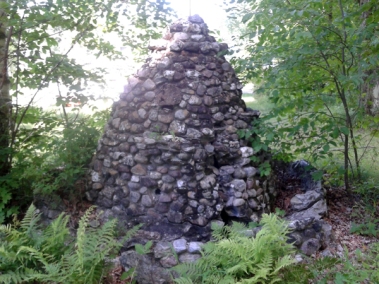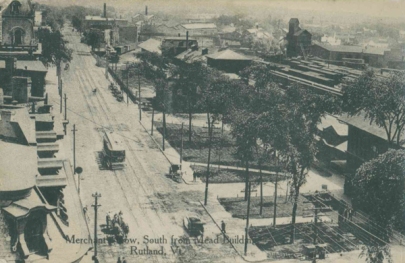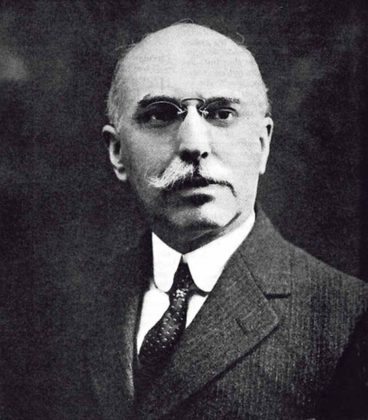 Originally printed in the Spring 2015 edition of Rutland Magazine, this article represents only a portion of the information I discovered in my research. It is my hope that one day I’ll be able to add to this story, either in a fuller non-fiction piece or a fictional one (both of which would include a little ghostly action…)
Originally printed in the Spring 2015 edition of Rutland Magazine, this article represents only a portion of the information I discovered in my research. It is my hope that one day I’ll be able to add to this story, either in a fuller non-fiction piece or a fictional one (both of which would include a little ghostly action…)
 At the opening of the twentieth century, when a nickel plater named Edgar Wood had risen in society to become an attorney, Rutland was on the verge of complete electrification and bustling with industry. My home, one of the first built on the newly opened Garden Street (renamed Kendall Avenue) in 1887, was home to the Wood family for three-quarters of a century. Its lack of fireplace or chimney, the wrought-iron heating grates, parquet floors, rounded-cornered walls, and molded ceilings are all indications of modernization around 1912, in the midst of an era of great change—for the Woods, for Rutland, and for the country.
At the opening of the twentieth century, when a nickel plater named Edgar Wood had risen in society to become an attorney, Rutland was on the verge of complete electrification and bustling with industry. My home, one of the first built on the newly opened Garden Street (renamed Kendall Avenue) in 1887, was home to the Wood family for three-quarters of a century. Its lack of fireplace or chimney, the wrought-iron heating grates, parquet floors, rounded-cornered walls, and molded ceilings are all indications of modernization around 1912, in the midst of an era of great change—for the Woods, for Rutland, and for the country.
~
A skating rink?! Fourteen year old Florence Wood was no doubt excited to learn that the opulent Bicycle Club rink, built in 1884, would be within sight of their soon-to-be built family home on a new street bracketed by the grand Baxter estate on Grove Avenue and attorney Redfield Kendall’s lofty home perched high on the corner of Main Street.
What Florence couldn’t foresee was, even before her home was finished, the skating rink would be defunct and within a decade torn down. Neither could she know that the day-to-day life of her little family—the emotional details of which we will never know—would be a reflection of their times in a way only we, in retrospect, can now recognize. Continue reading


